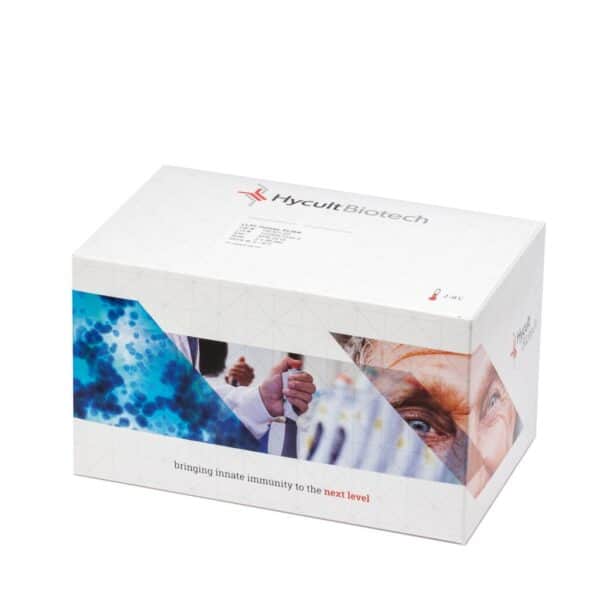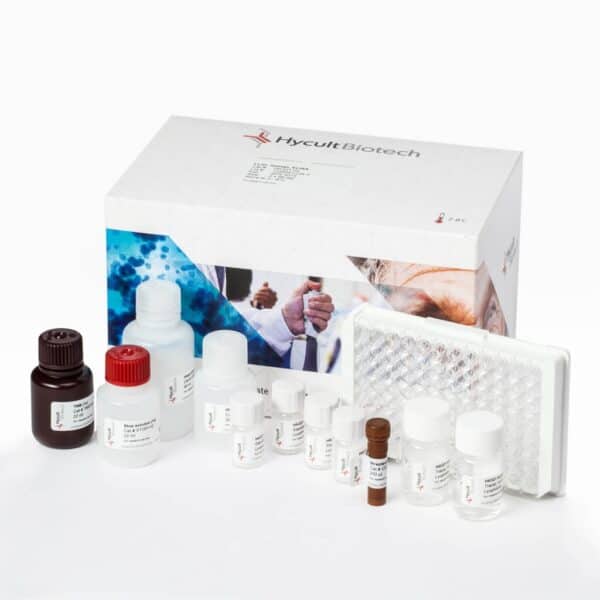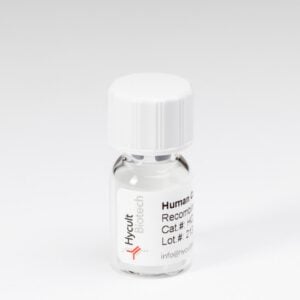Factor H, 402H/Y variant detection, Human, ELISA kit
The complement factor H, H402 and Y402 variant detection ELISA kit is to be used for the in vitro detection of H402 and Y402 variants of complement factor H in serum and plasma samples.
Read more€894.00
Complement is a major defense system of innate immunity and aimed to destroy microbes. There are three pathways of complement activation. The classical pathway is initiated by immune complexes, the lectin pathway by surface bound mannan binding lectin, and the alternative pathway by all the surfaces that are not protected against it. One of the central complement regulators of the alternative pathway is complement factor H (CFH). CFH is the major soluble inhibitor of the alternative pathway of the complement system and plays a key role in controlling complement activation in vivo. CFH is a 150-kDa plasma protein that is mainly produced in the liver and is present in plasma at a concentration of approximately 500 µg/ml. The molecule is made up entirely of a string of 20 folded globular domains known as short consensus repeats (SCRs). Alternative pathway activation results from a failure to appropriately regulate the constant low level of the abundant complement complement C3 to C3(H2O) due to spontaneous turnover. Complement non-activating cells and other host surfaces are protected from alternative pathway complement attack through binding of CFH. CFH inhibits the alternative pathway by binding C3b and reducing the formation and activation of the alternative pathway C3-convertase (C3bBb). It also accelerates the decay of this convertase and works as a cofactor for the serine proteinase factor I in the degradation of C3b into inactive C3b. CFH is associated with several diseases like atypical hemolytic syndrome (aHUS), membranoproliferative glomerulonephritis type ll (MNGN) and age-related macular degeneration (AMD). In the western world, AMD is the leading cause of natural irreversible blindness in the elderly, affecting 50 million individuals worldwide. A common polymorphism in the CFH gene on chromosome 1, has been determined to be strongly associated with a person’s risk for developing AMD. The CFH gene polymorphism is characterized by a T-to-C single nucleotide substitution resulting in a tyrosine-histidine change at amino acid position 402 . The sequence change is in a region of CFH that binds heparin and C-reactive protein. Individuals homozygous for H402 (genotype CC; CFH-HH402) have up to 12-fold increased risk for developing AMD, while heterozygotes (genotype CT; CFH-HY402) have a 2.5-fold greater risk for developing AMD than individuals homozygous for 402Y (genotype TT; CFH-YY402). The CFH-HH402 and CFH-HY402 variants, likely explain about 43% of AMD in older adults.





